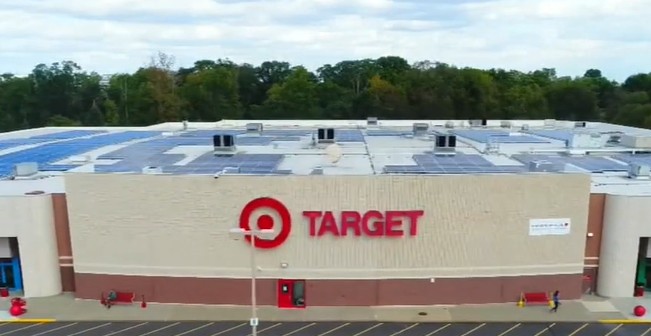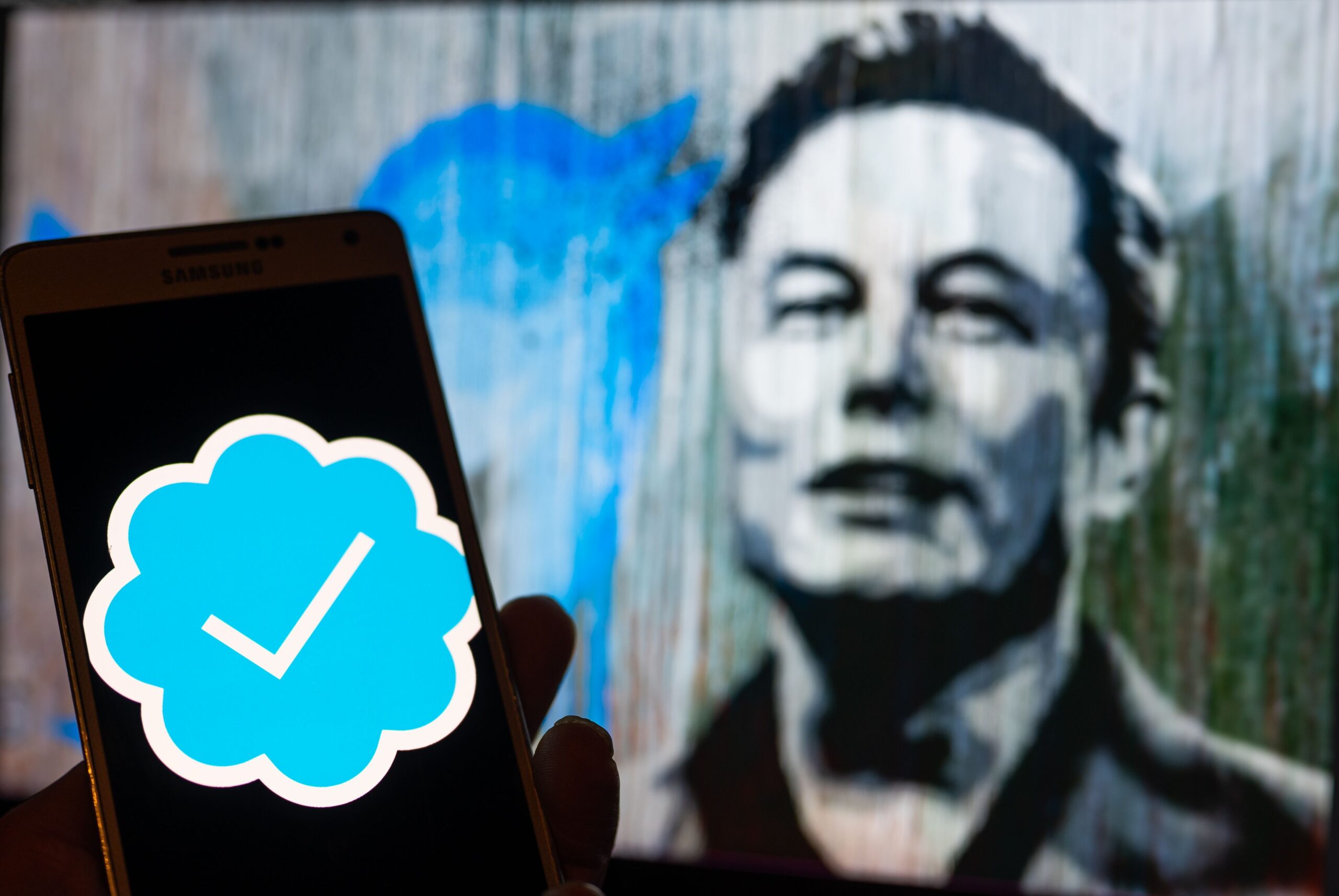As the whole world slowly self-isolates and New York City shuts down completely, prison inmates remain in close quarters, making prisoners extremely vulnerable to exposure.
Prisons and coronavirus is a particularly dangerous combination, one that could lead to disaster. “Jails and prisons are often dirty and have really very little in the way of infection control,” said Homer Venters, former chief medical officer at Rikers’ Island. “There are lots of people using a small number of bathrooms. Many of the sinks are broken or not in use. You may have access to water, but nothing to wipe your hands off with, or no access to soap.”
Inside prisons, it may be nearly impossible to successfully separate sick patients from well patients. Outbreaks are inevitable, and healthcare in prisons is often lacking to begin with.
Because of this, most public health officials are arguing that the best solution to the problem is mass release. According to the Marshall Project, Mark Stern, the former Assistant Secretary for the Washington State Department of Corrections, has suggested “downsizing” prison populations in order to ensure inmate and staff health and safety. Downsizing might involve releasing low-risk prisoners and proposing alternatives to arrest for certain crimes.
David Falthi, director of the ACLU’s National Prison Project, puts it more succinctly. “The only effective response is to reduce the population density by releasing people,” Fathi says, “starting with those who are most at risk of severe injury or death if they were to contract the virus.” In particular, people who suffer from preexisting health conditions and other vulnerable populations like older people, ought to be sent back to their families where they can isolate and be taken care of.
“Across the U.S. we have built a system of punishment that is traumatic, and this is only increased with the coronavirus,” said Becca Fealk, an organizer with the American Friends Service Committee of Arizona. “ADC must do more than just provide soap to reduce the chance of an outbreak. They need to release people, including older/aging adults who can be cared for by their loved ones.”
Many prison administrations have insisted that they’re complying with the CDC’s guidelines with regards to their incarcerated populations, but if prisons aren’t providing inmates with basic human rights and living supplies—and if even Tekashi 6ix9ine can’t get to a doctor—how can we expect them to take care of people during an outbreak?
Prisons Begin Releasing Inmates—But Is It Enough?
Faced with a public health crisis that could lead to mass deaths, prisons all around the nation and the world are taking note. Alameda County plans to release 250 inmates, per NPR, and Los Angeles jails have also begun releasing nonviolent inmates. In New Jersey, up to 1,000 inmates will be released this Thursday, including those serving for parole violations and those serving municipal court convictions. In some places, prisons and law enforcement are coming together to reduce their inmate population. France has delayed or suspended short-term sentences, reducing daily prison admissions from 200 to 30.
These actions garnered support from Senator Kamala Harris, who tweeted that the Bureau of Prisons should release “all low-risk inmates, including those who are in pretrial detention because they can’t afford to make bail.”
Some jails are also beginning to waive copays in an effort to make sure their incarcerated populations receive healthcare.
“The state’s decision to temporarily suspend the $4 copay — the equivalent of a week’s worth of work at the prisoner minimum wage of 10 cents an hour — for people reporting cold and flu-like symptoms is a step in the right direction,” said Prison Law Office attorney Corene Kendrick, “but it exposes how counterproductive it is to have such a barrier to seeking care. Unfortunately, prior to the COVID-19 crisis,” she added, “We regularly heard from incarcerated people that there were shortages of hygiene supplies such as toilet paper and menstrual products.” Many incarcerated people’s families wind up paying for their hygiene and healthcare.
The coronavirus crisis is exposing the flaws in many institutions, and mass incarceration is just one of them. All these revelations beg deeper questions about why inmates weren’t given these supplies or opportunities in the first place. Activists have been asking these questions for years, and the tragedy of the American carceral system has come to the fore in the case of migrants enclosed on the U.S.-Mexico border and in ICE facilities across the nation.
In three ICE detention centers in New Jersey, prisoners are currently on hunger strike in protest of poor conditions and coronavirus risks. One detainee told Vice that his fellow inmates are being kept in a small room without access to soap or even cleaning supplies.
“They say they are locking us in so we can be protected,” said a current hunger striker named Olisa Uzoegwu. “But they don’t do anything different. The cells stink. The toilets don’t flush. There’s never enough soap. They give out soap once a week. One bar of soap a week. How does that make any sense?”
This week, hundreds of doctors and thousands of activist organizations expressed this concern about these issues, flooding ICE with letters demanding that they release their overcrowded detention centers. The only crime committed by inmates in these facilities is usually non-sanctioned entry to the United States. Despite all this, ICE is still making arrests. Agents were spotted tracking down undocumented immigrants in San Francisco the day of the state’s lockdown.
A Global Issue and a Gathering Storm: Colombia, France, Iran, and the US Grapple with Prison Risks
But the coronavirus pandemic is a global issue, and prisons all around the world are facing questions about how to handle incarcerated populations and prison employees. In some cases, inmates are taking things into their own hands. In Colombia, a prison riot left 23 inmates dead. Prisoners were rioting in protest of overcrowding and poor health services that they felt left them at an extreme risk. Riots have also broken out in prisons in Brazil and Italy.
The largest prison coronavirus outbreak in the nation is in New York City, with 38 inmates at the Rikers’ Island prison testing positive; 20 have been released, and 200 more will be tested today. In As Mayor Bill DeBlasio considers whether to release 200 more people, 551 people serving “city sentences” for minor offenses and another 666 serving for technical parole or probation violations (like missing a drug test or a parole check-in) are trapped in Rikers alone. These are nonviolent offenders who do not deserve to be exposed to a potentially deadly virus. Still, the New York Police Chief has said that his officers will not cease making arrests, even though 70 officers have tested positive for COVID-19.
All across the nation and the world, jails are releasing inmates. Why they—especially nonviolent offenders—were there in the first place begs a different question. For now, the most important thing is to open the jails and let the people go. Short of mass release, prisons should not be arresting new inmates outside of extreme circumstances; they need to take more precautionary measures, institute comprehensive testing and quarantine, and follow protocols like those called for by the Federal Defenders of New York.
“A storm is coming,” wrote Ross MacDonald, the chief physician at Rikers. “We have told you who is at risk. Please let as many out as you possibly can.”
How to Help
In the meantime, anyone concerned can make a call to their state representative and inquiring about their current efforts; calling airports and prisons using this script from the New Sanctuary Coalition; participating in actions and protests like those being hosted by the Never Again Action, donating to the ACLU, the Southern Poverty Law Center, and other similar organizations.
- youtube.com ›
- feminism ›
- Billionaire Jeffrey Epstein Pleads Not Guilty to Sex Trafficking … ›
- @dogma_vat ›
- Mississippi Deportations: What’s Going On With ICE Raids? – Liberty … ›
- Alexandria Ocasio-Cortez Protests U.S. Concentration Camps … ›
- Cyntoia Brown Granted Clemency After 14 Years in Prison – Liberty … ›
- Visionaries Project: Interview with Sara Gozalo, Immigration and … ›
- How to Improved America’s Broken Prison System – Liberty Project ›
- What’s Going On With the Uighurs in China? – Liberty Project ›
- Prison Riots in Colombia Over Virus Fears Leave at Least 23 Dead … ›
- Coronavirus Tracker: How Justice Systems Are Responding in Each … ›
- Coronavirus hits Texas prisons with first inmate case confirmed | The … ›
- Prisons And Jails Change Policies To Address Coronavirus Threat … ›
- BOP: Federal Inmates By Number – Federal Bureau of Prisons ›
- Prison – Wikipedia ›
- BOP: Federal Bureau of Prisons Web Site ›





